Effect of Bolt Elongation and Deformation on Flange Sealing
2025-06-26 17:15:38
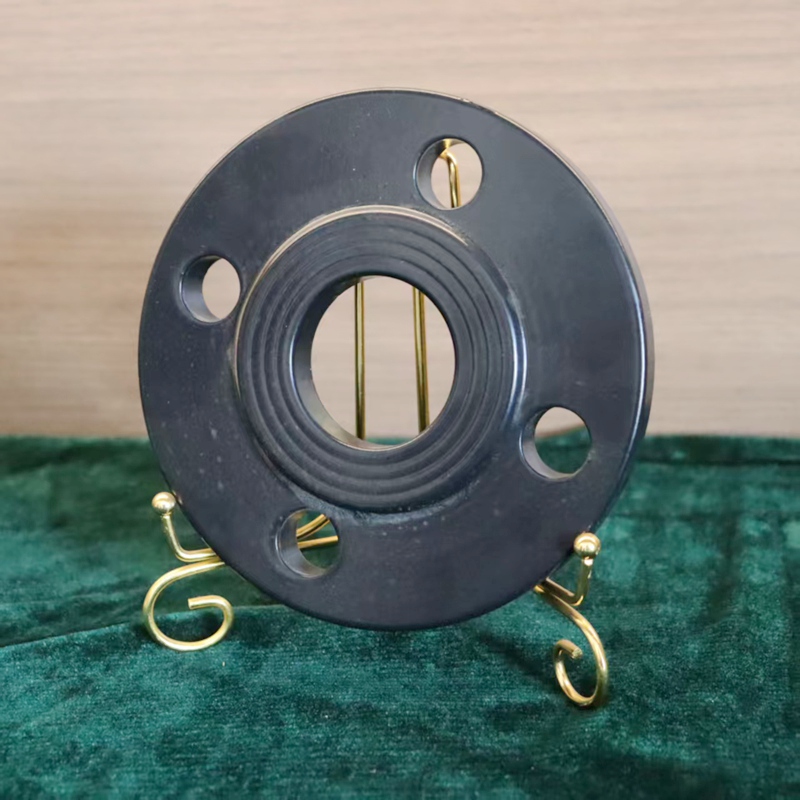
Effect of Bolt Elongation and Deformation on Flange Sealing
Bolt elongation and deformation have a significant impact on the sealing performance of flange connections. In pressurized piping systems, especially in high-temperature or high-vibration environments, maintaining the correct bolt preload is essential for ensuring a reliable, leak-free seal.
1. Loss of Preload:
When a bolt stretches beyond its elastic limit due to excessive torque, thermal expansion, or long-term loading, it may not return to its original length. This permanent deformation reduces the clamping force on the gasket, leading to seal relaxation and possible leakage.
2. Uneven Gasket Compression:
If bolts elongate unevenly or if some deform more than others, the gasket will not be compressed uniformly across the flange face. This causes localized pressure differences, increasing the risk of gasket extrusion or blowout.
3. Thermal Cycling Effects:
In high-temperature systems, bolts expand and contract with temperature changes. If the bolts are not properly selected or tensioned, thermal expansion can lead to excessive elongation, reducing gasket load during operation and allowing leaks to occur.
4. Vibration and Fatigue:
Repeated vibration or cyclic loading can cause bolt fatigue, resulting in gradual elongation or micro-cracking. Over time, this weakens the bolted joint and reduces sealing integrity.
5. Bolt Material Mismatch:
Using bolts made from materials with different thermal expansion rates than the flange or piping can lead to differential elongation. This creates stress imbalance and affects gasket sealing pressure.
6. Over-Tightening During Installation:
Excessive tightening during assembly can stretch bolts into the plastic deformation range. While this may initially increase clamping force, it leads to permanent loss of elasticity and reduced sealing performance over time.
Preventive Measures:
Use high-strength bolts rated for the specific temperature and pressure conditions.
Apply the correct tightening torque in a cross-pattern sequence using calibrated tools.
Avoid over-tightening and ensure bolts stay within their elastic range.
Consider using washers or load indicating devices to monitor and maintain proper bolt tension.
Perform regular inspections and retightening where necessary, especially in critical joints or high-vibration areas.
For high-temperature systems, choose bolts with matching thermal expansion properties to the flange and piping materials.
Conclusion:
Bolt elongation and deformation directly compromise the clamping force required for proper gasket sealing. Controlling bolt preload through correct material selection, torque application, and maintenance practices is essential for maintaining long-term flange sealing integrity.
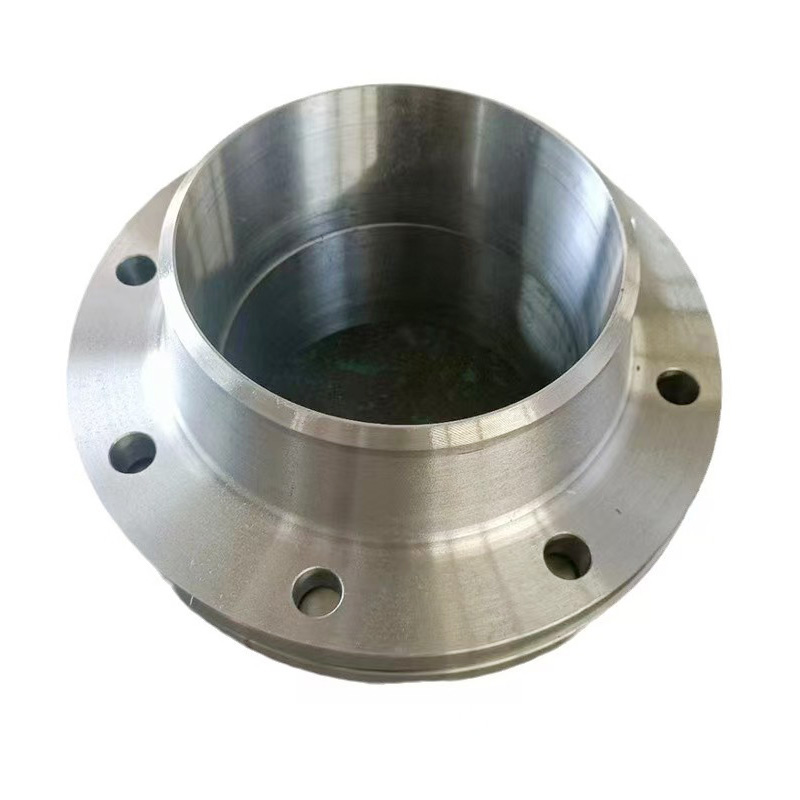
AWeld Neck Flange (WN Flange)is a type of piping flange designed to be welded to a pipe or ...
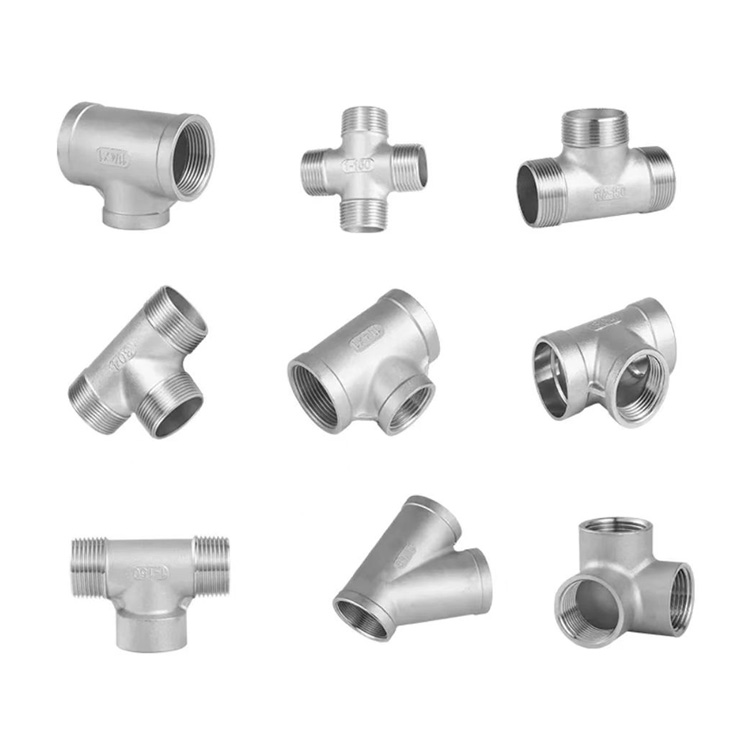
Socket fittings are essential components in piping systems, designed to connect, branch, or...
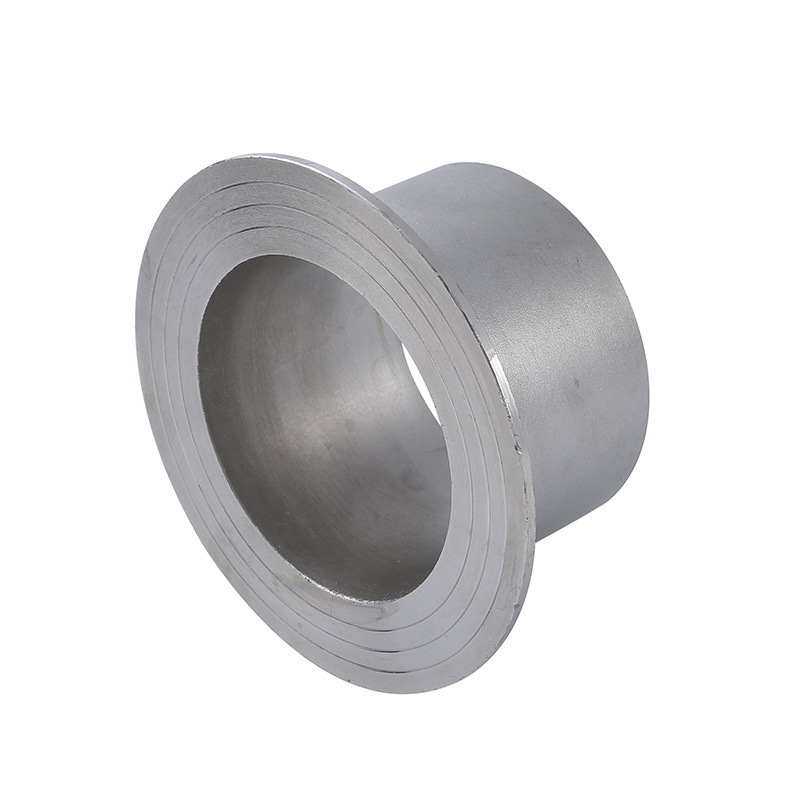
Welding ring is a commonly used metal ring component in pipeline connection or equipment do...
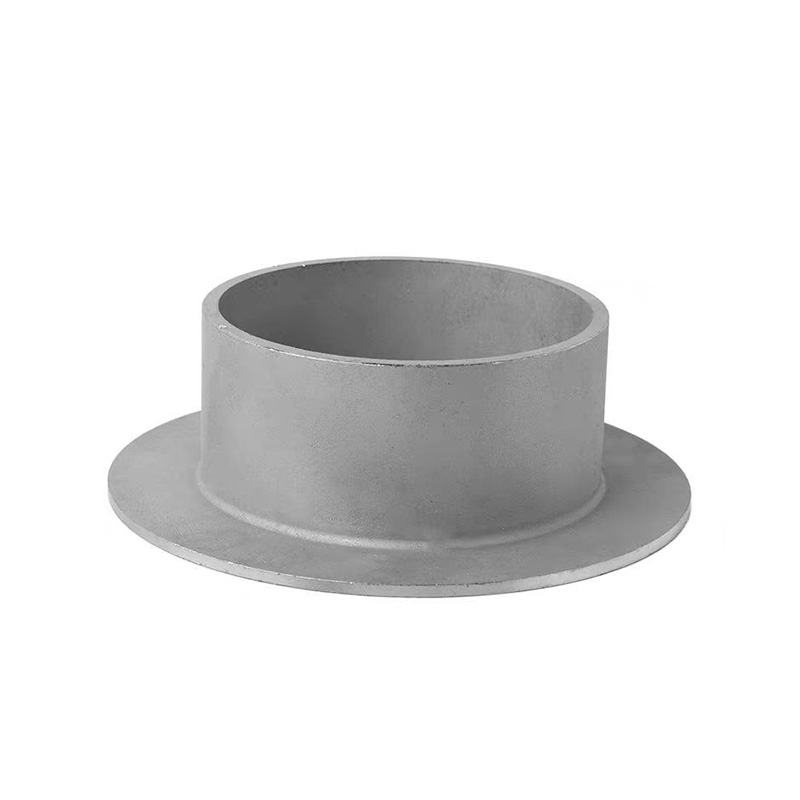
Welding ring is a pipe fitting used for pipeline connection. The following is its detailed ...






